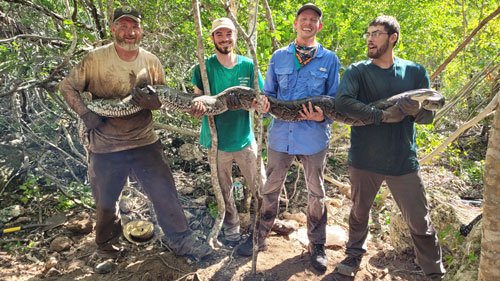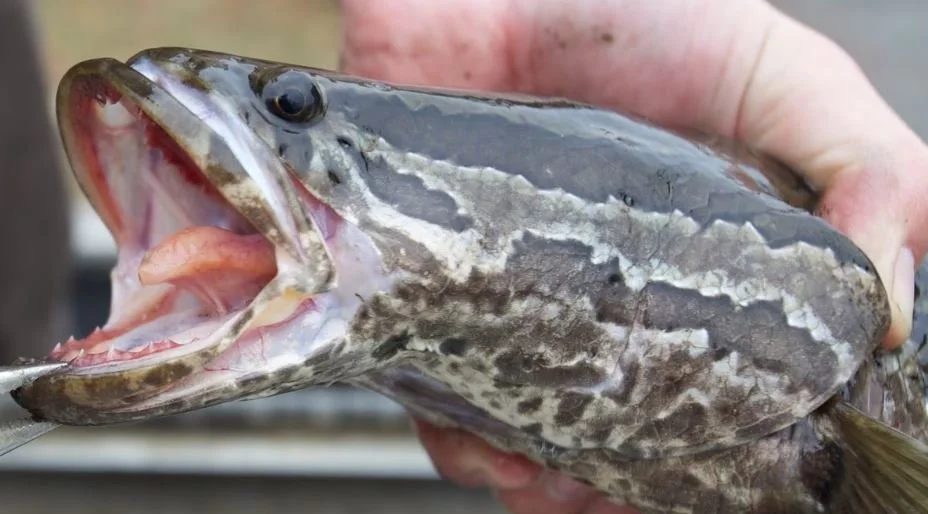Jumbo-Sized Pigs Threaten North Dakota
Herds of wild pigs – dubbed “super pigs” for their size, intelligence, and hardiness – have been spotted within 10 miles of the US border and North Dakota.
Invasive pigs have had a foothold in Canada since the 1980s, when farmers began breeding domestic pigs with wild boars imported from Europe. But there wasn’t much of a demand for the new breed of Canadian bacon and the Frankenpigs were turned loose. They’ve been thriving (and multiplying) on the prairies ever since, disrupting native ecosystems across 620,000 square miles in Saskatchewan, Manitoba, and Alberta.
The invaders from the north are big (think around 500 pounds), omnivorous and speedy. Without time out for gobbling, a super pig traveling at 15 miles per hour could cover the distance of 350 miles between Regina in Saskatchewan and Bismarck in North Dakota in 24 hours.
“Wild hogs feed on anything,” Ryan Brook, University of Saskatchewan’s Canadian Wild Pig Research Project head tells Field & Stream. They gobble up tons and tons of goslings and ducklings in the spring. They can take down a whitetail deer, even an adult.”
And they can survive in Canadian climates. “For surviving in cold winters, one of the rules of ecology is: the bigger the better,” Brook says. “Larger body animals survive the cold better and have better reproduction in those conditions.”
Hunting the animals hasn’t done much to stem the invasive hordes; the pigs are too smart. One somewhat effective control strategy has involved using a “Judas Pig,” a GPS-collared hog that can lead authorities to a group of pigs (properly called a “sounder”) which can then be “removed from the landscape,” a euphemism.
We’re not even sure how big the pig population is, but Brook says it’s probably too late to wipe out the alien species in Canada. Doing so would be “sort of like trying to eradicate mosquitoes.”
Photo credit: JMrocek / Getty Images







